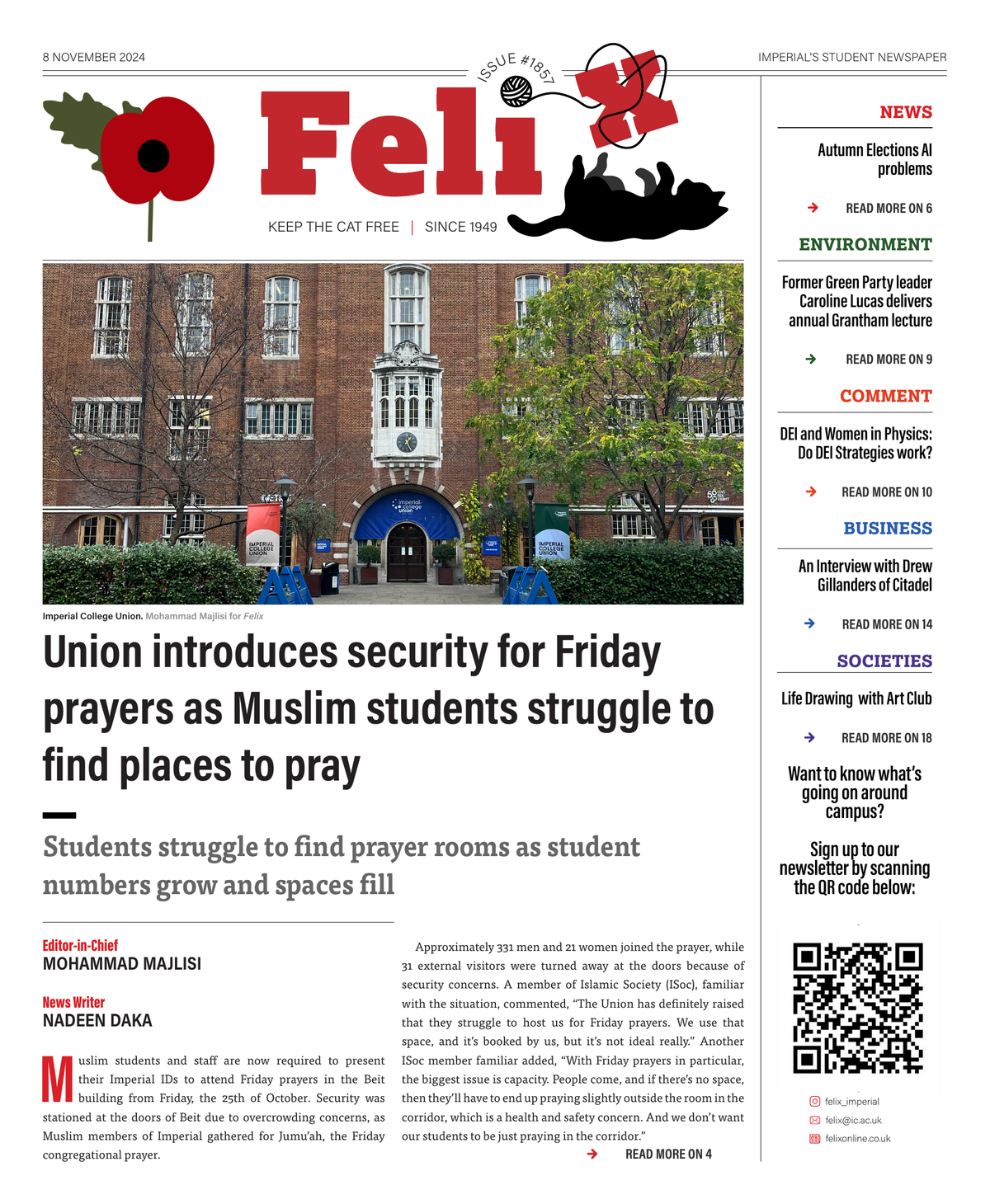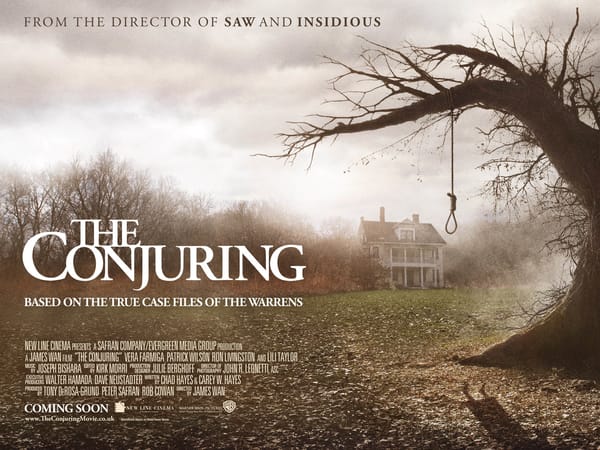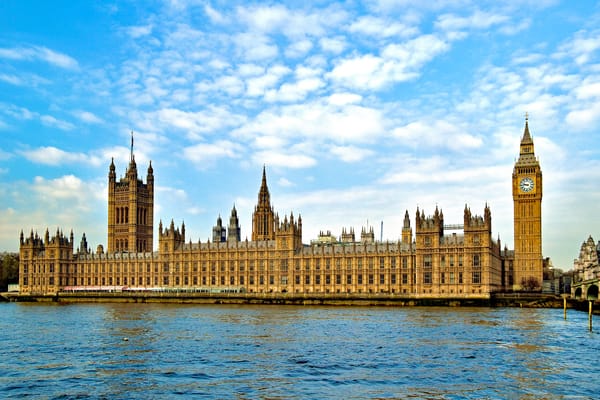One in five manifestos written using AI for Autumn elections
AI use rampant as students turn to large language models to write their manifestos.
Analysis on the manifestos submitted for the Autumn election shows that 20% of manifestos were significantly likely to have been written using large language model AI tools.
The data was checked using online AI tool GPTZero suggesting that out of 962 candidates, 132 used a significant amount of AI, classed as anything over a 0.66 probability of AI usage, while 37 moderately used AI, defined as a 0.33 to 0.66 probability of AI usage. This amounted to 17.6% of candidates to have likely used AI to partially or completely write their manifestos, which is cumulatively 28.6% of manifestos, as 297 candidates did not submit a manifesto.
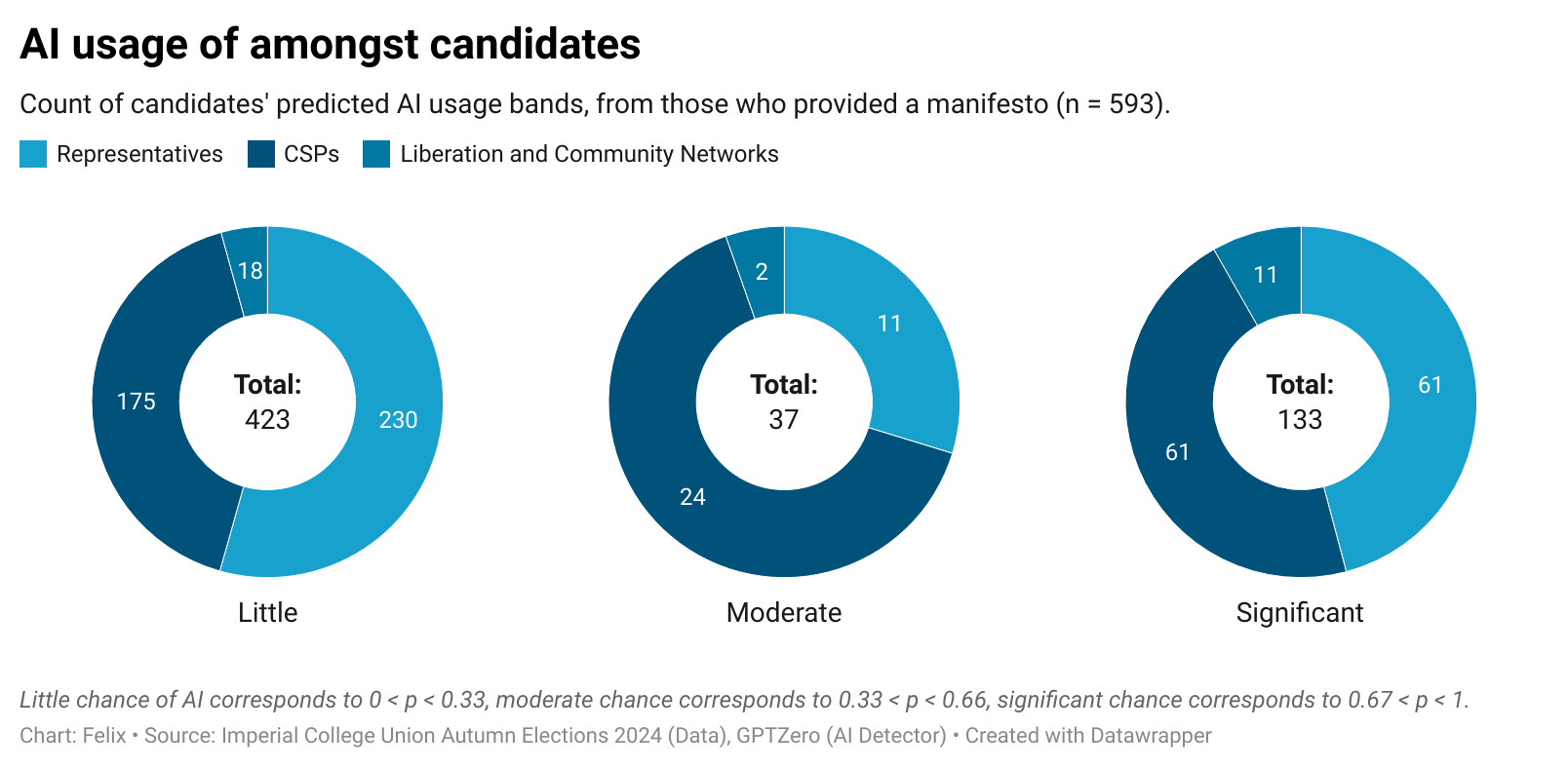
Approximately half of the candidates who significantly used AI were elected for the roles they applied for (48.9%), implying they often beat out the Re-Open Nomination (RON) option, or other candidates who wrote their own manifestos. This was negligibly larger than the percentage of candidates who moderately used AI (48.6%) suggesting using AI to entirely generate a manifesto offered the same, if not more chance of success as using it to edit or brainstorm a manifesto. The proportion of candidates who were elected using little to no AI was only slightly larger at 57.2%, indicating that use of AI, while obvious in majority of cases, did not significantly disadvantage candidates. As the figures show, around two-fifths of the elected candidates used AI to assist their campaign partially or totally.
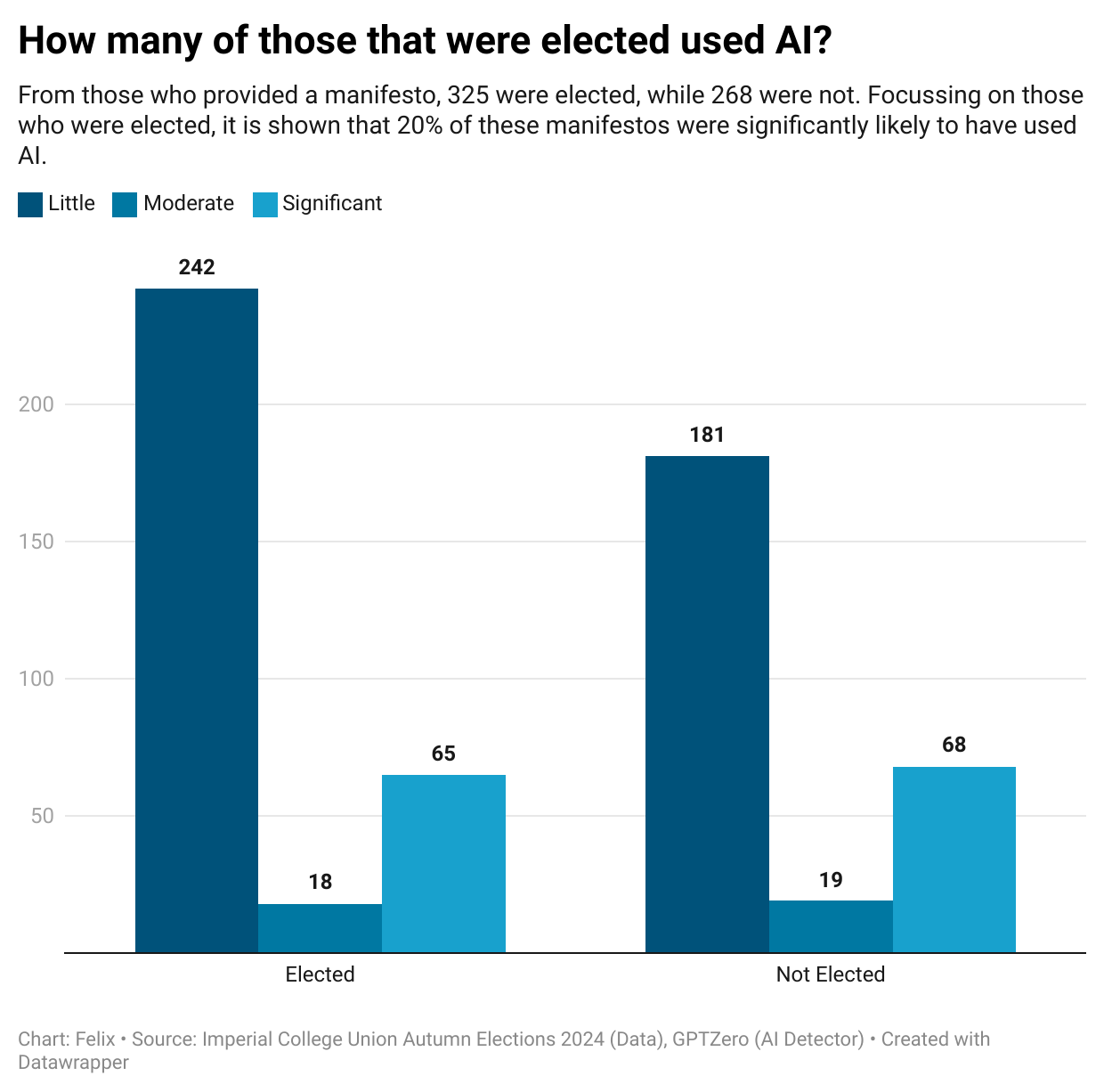
The use of AI varied depending on the type of role applied for. The majority of candidates for both CSPs (Clubs, Societies and Projects) and Representatives had little-to-no AI use in their manifestos. However, the data for Liberation and Community Networks showed a slightly different story. The Liberation and Community Networks (LCNs) candidates were a smaller group, given the lesser number of roles to apply for and comprising of only 65 candidates out of a total 962; despite the lower number of roles, the AI usage in this group of individuals was much more significant than either of the other two categories. Almost half of the entries for LCNs were created with a significant use of AI.
There were several cases of candidates applying to multiple positions using AI-generated manifestos. Notably, in the case of the LCN roles having a higher proportion of significant AI use, one candidate applied to nine roles using AI-generated manifestos, which amounted to 13.8% of total applications within the LCNs category. In addition, two candidates in the CSPs group submitted 15 AI-generated applications each, which included several applications to literarily oriented societies such as Felix and Writer’s Society. Applications to become representatives were not excluded from such cases with one individual applying to seven roles with AI-generated manifestos. As many of these manifestos were either the only entry or the only entry with a manifesto for a role, these individuals were elected to several posts each.
Felix also identified five unique authors of manifestos who each submitted 10 or more manifestos for roles. In total, the five authors submitted 70 applications, with the most submitted by a single author being 19 applications. Of the 70 applications, 44 had written manifestos. 31 of these were flagged as being significantly likely to have been written by AI, corresponding to 70% of the total written manifesto count in this sample – notably higher than the typical rate of around 20% significant chance of usage of AI for the full dataset.


